Back in 1965, Rudolph Zallinger created an illustration for Time Life books, which has been much-imitated and satirised.
The original image, called The March Of Progress, depicted a chimpanzee-like creature on the left, and ended with what can be fairly described as a healthy-looking and athletic man of European ethnicity on the right.
The message from this influential image and its title was clear: human evolution is a progressive, linear march from primal origins to the final, all-singing, all-dancing, all-Tweeting specimens that we are today.
We represent the pinnacle of Mother Nature’s achievements. She can now rest, her work being at an end, with the creation of a being that has mastery over its own fate. Human evolution now appears to be over.
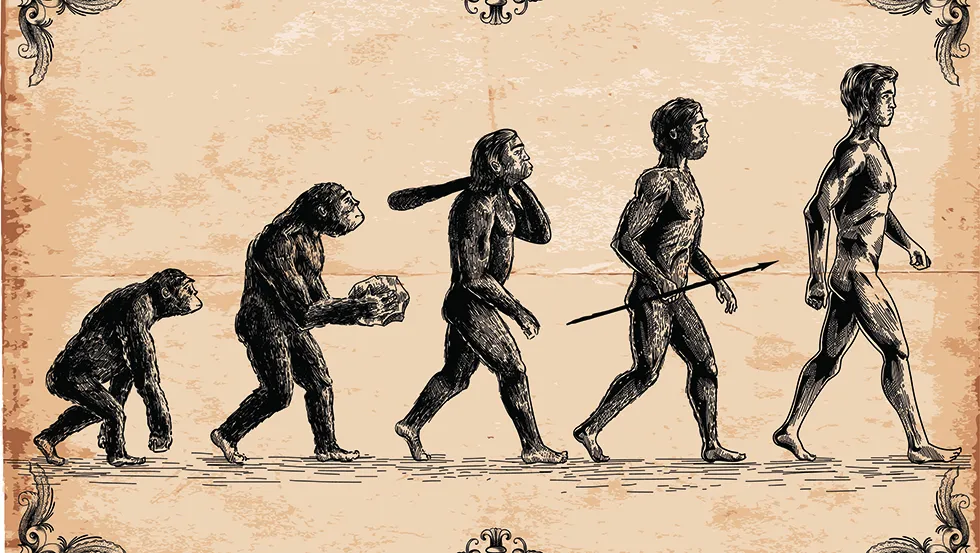
Except it isn’t – not by a long way. In fact, it will never be over, nor could it be. Evolution is something that is happening all the time in all populations of all species on the planet. The word ‘evolution’ simply means ‘cumulative change’, with biological evolution referring specifically to changes in allele frequencies in populations.
Alleles are different versions of the same gene, and their distribution changes all the time. This is because new mutations arise in the genetic code and individuals move between populations.
Sometimes, the changes are simply down to chance. And when any of these happen (and they always happen), biological evolution is occurring.
Does evolution ever stop?
It may be technically true that evolution is continually occurring due to these processes, but when most people ask whether or not evolution is taking place, there’s often another process they’re thinking of: natural selection.
This is what happens when some alleles spread because individuals that have them ‘survive, thrive and multiply’ better than others, passing on those alleles to their descendants, who spread them further.
Read more about human evolution:
- Viruses: Their extraordinary role in shaping human evolution
- Earth’s ancient geography 'directed the course of human evolution'
It is natural selection that spreads adaptations: anatomical, physiological or behavioural traits which enable an organism to multiply in its environment. The apparent logic of these adaptations, of the functional fit between an organism’s trait and its environment, is intuitive and intelligible to human minds.
It has fed into countless creation myths over the ages, and most recently has enabled construction of a predictive scientific framework that unifies many strands of the natural sciences.
Because of adaptations, natural selection has implications that range from the behavioural sciences to public health.
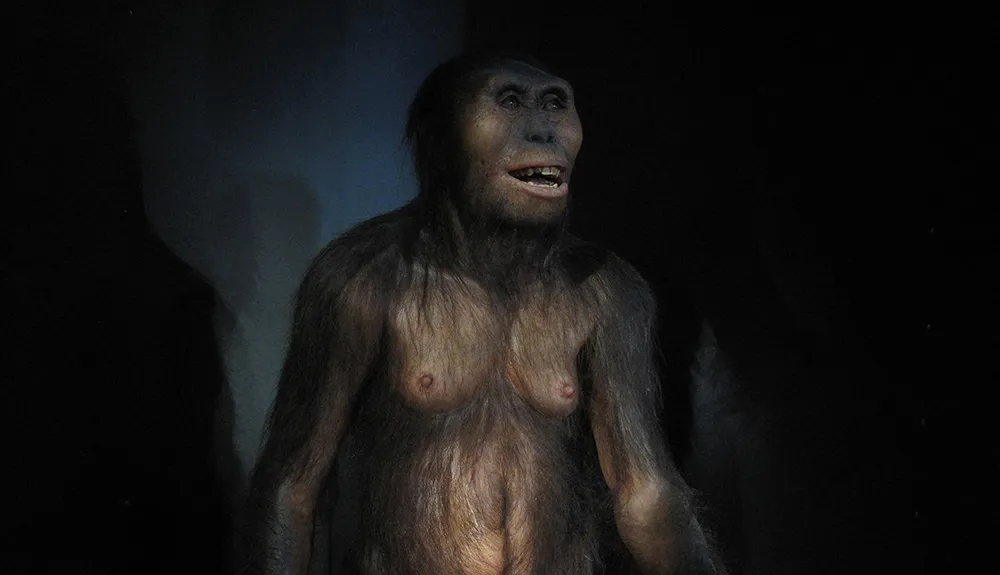
At first, there would appear to be good reason to suspect that evolution due to natural selection has now come to a halt.
Following industrialisation and the benefits gained from better medical knowledge and improved infrastructure, many populations around the world have gone through something called the ‘demographic transition’.
This phenomenon is characterised by infants becoming more likely to survive to adulthood, adults living longer, and a reduction in fertility rates.
However, natural selection requires that some individuals survive, thrive and multiply whereas others don’t – it needs variability. It has been argued that the demographic transition removes the variability on which natural selection depends.
Yet it is incorrect to say that humans as a whole must not still be evolving because of this, as child mortality is unfortunately still significant in many places. Despite some fantastic progress in recent decades, there are still 30 countries, mostly in sub-Saharan Africa, with under-five mortality rates of more than 5 per cent (UN 2015 figures).
Any alleles that are likely to help a child make it through that critical time to his or her fifth birthday will be under strong selection in those populations. So assuming current trends continue, could child mortality in developing countries become as low as it is in Europe? Unlikely.
While the total opportunity that natural selection has to occur goes down as children’s survival prospects increase, such dramatic changes can lead to natural selection affecting a population in new and unexpected ways.
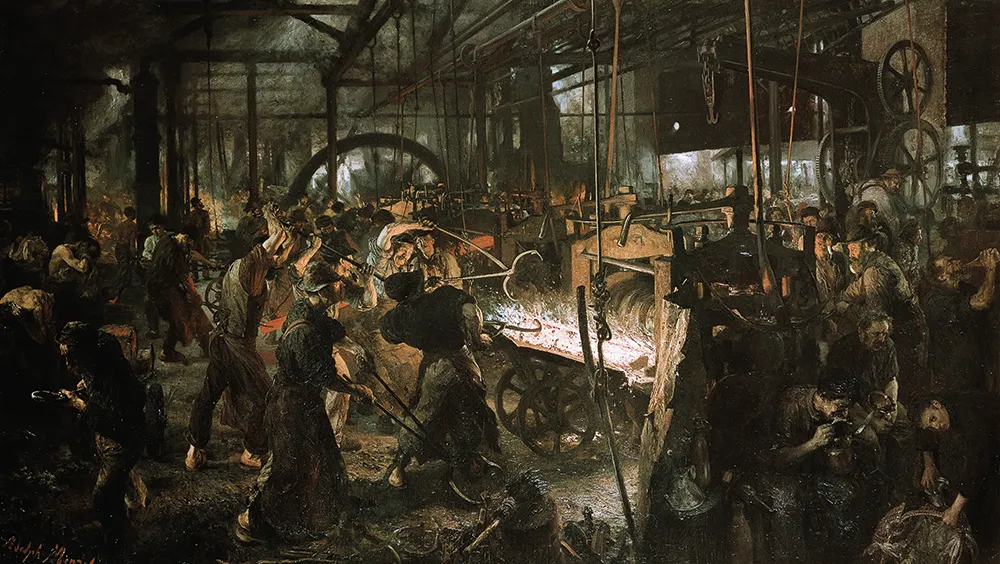
One example is the birth rate of fraternal twins.
Generally, twin babies are smaller than singletons. Because of this, prior to modern medical technology and practice, they usually had lower survival prospects. Twinning often didn’t really pay, in evolutionary terms. Quite why twinning occurs at all, we’re not sure, but now the disadvantage of twinning is disappearing.
As it runs in families, we can predict that those alleles associated with fraternal twinning will become more common over time, now that twin babies are more likely to survive and reproduce themselves.
That fraternal twinning may become far more common is one of the least outlandish claims that can be made about future human evolution.
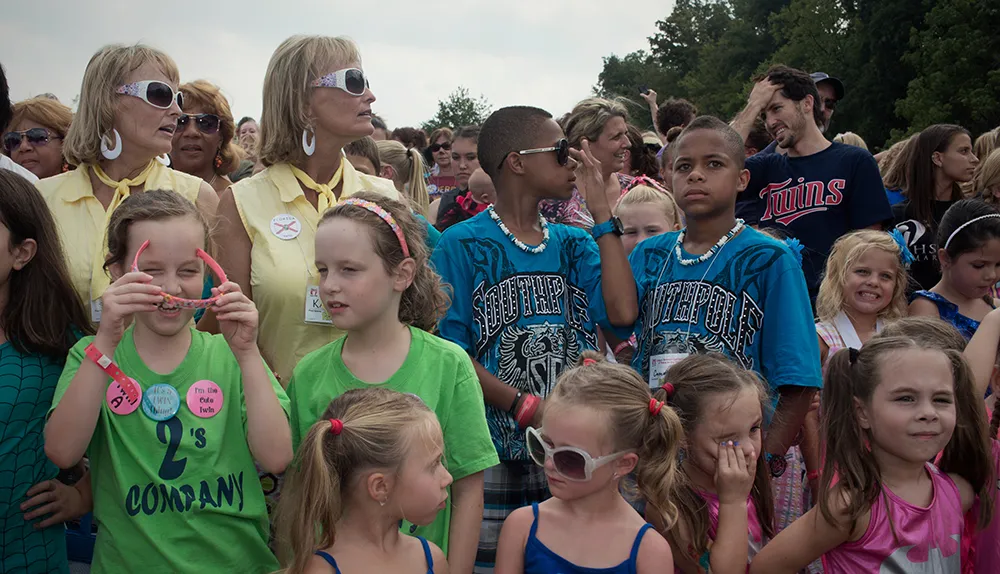
Social factors can drive change
Natural selection operates on the variability of the ability of alleles to ‘survive, thrive and multiply’. Even in societies in which mortality is very low, natural selection may still be a strong force due to variability in how much individuals reproduce. Individuals who do not have children contribute no more to the population genetically than someone who dies before becoming reproductive.
In the US and several European countries, almost one in five women entering menopause do so having not reproduced. This is partly due to individual preference. According to data from 2011, in four European countries – Switzerland, Germany, Austria and the Netherlands – at least 1 in 20 people aged between 18 and 40 express a desire for childlessness.
In Dutch men, it is one in six. These are not insignificant numbers, and they suggest that childlessness may be both a normal feature of human populations and one whose rate varies partly depending on the social values that people hold.
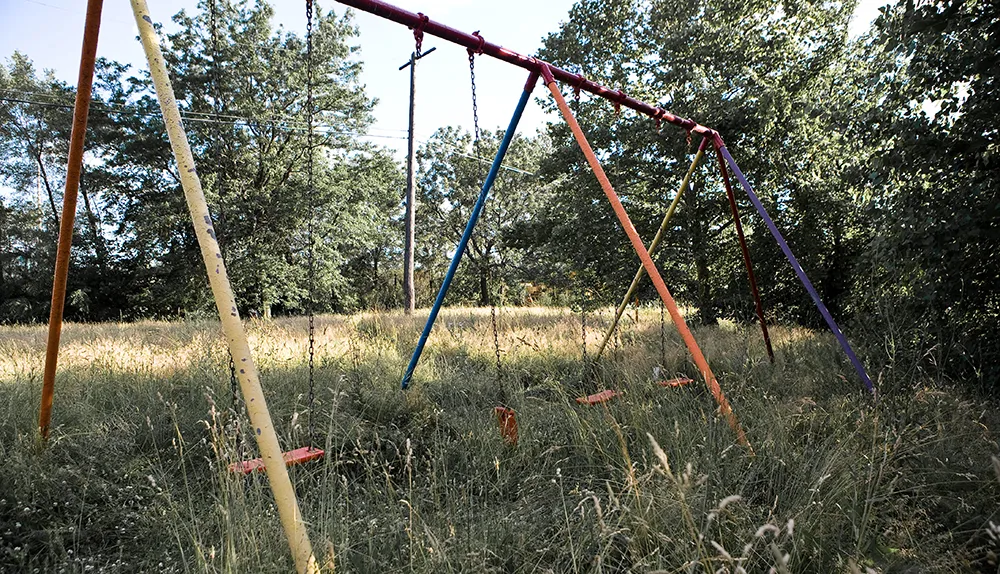
However, it also appears that childlessness may to a larger extent be an unintended outcome. It is partly related to the age at which someone attempts to start a family. In women, variation in the age at which fertility declines and menopause begins is influenced by genetic factors, and so may be a driver of evolutionary change.
Say we have two friends: Angelina and Brienne. Both try to start a family in their early forties but Angelina has alleles that enable her to successfully conceive at that age, whereas Brienne does not. This means it is Angelina’s alleles, and not Brienne’s, that will be present in future generations.
The more it becomes common for people to start families later in life, the stronger the selection will be for the ability to reproduce at those ages, although this will take many generations to come about, and the strength of such an effect will be dampened by the use of reproductive technologies.
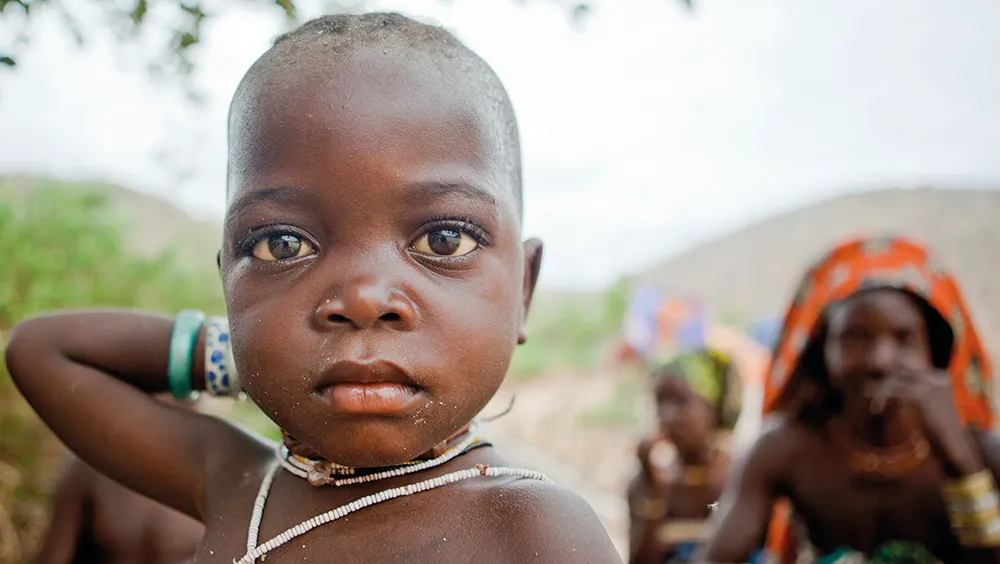
Although choice is clearly important in the decision of whether, and at what age, to have children, it would be a mistake to overlook factors that are beyond the individual’s control. Even a stated preference for childlessness may be one that an individual expresses reluctantly as one of life’s difficult choices.
Family planning decisions are also the product of the constraints of the sociocultural environment that people live in, such as the financial cost of childrearing, the availability of family and friends to help with children, the stability of one’s relationship with a romantic partner and the effort and time required to invest in one’s career.
Such factors combine with societal norms attached to having a certain number of children to affect individual reproduction.
The cultural effects
These social and structural features of the environment that all humans experience in some way are part of what anthropologists call culture – the values, beliefs, practices and technologies that we find in any given society.
Delayed parenthood is something that emerges from the behaviour of individuals, but it is a response to a culture present in a particular time and place, and just as quickly as it has become common, it could in the future become rare, if that culture changed.
Read more about evolution:
- Radical ideas: We can change evolution
- The origin of life: a new theory suggests physics holds the answer
The fact that culture is a ubiquitous and highly variable feature of all human lives provides another example of why our evolution is not over. The idea that scientific knowledge and technology – products of culture – insulate us from selection is just plain wrong.
They can to an extent insulate us from nature, but nature isn’t the only source of selection, particularly for humans. Culture both originates from, and impacts upon, human beings.
Thus human behaviours, through the technologies and practices that they have collectively created, have themselves been the selective forces that have influenced human evolution.
Regardless of how well we might think we’ve tamed nature, the fact that we create our own environments will continue to provide avenues for selection to occur.
A great historical example of this is the ability to digest the milk sugar lactose in adulthood. If you can comfortably drink milk, you’re more of an oddity than you might think. Milk is essentially mammalian baby food, and most adult mammals lose the ability to produce the milk-digesting enzyme lactase when they become adults, as there is no benefit for adults to produce it, only costs.
However, just a few thousand years ago when people in parts of Africa, Europe and Asia began herding cattle and goats, those few individuals who were born with mutations that enabled them to digest milk as adults were at an advantage.
Through this characteristic of ‘lactase persistence’, these mutant individuals were able to exploit an additional food source.
Within those herding populations, mutant individuals and their descendants survived, thrived and multiplied, and over time became more common than the non-mutants who continued to lose the ability to digest milk as adults.
Read more about Darwinism:
- Is it time to drop Darwinism?
- Was the course of evolution inevitable?
- Evolution would likely lead to 'very similar-looking organisms' if it started again
In fact, we can even see the evolutionary marks of culture on all human bodies. All humans get their nourishment through the use of technology of some kind, from the simple digging tools and open fires of our ancestors to the combine harvesters and gas hobs of today.
It looks as if prehistoric hominins effectively ‘outsourced’ their mechanical and chemical digestion, and as a result they could afford to put less energy into developing a complex digestive system.
Whereas our closest ape relatives have strong robust teeth and jaws to break down tough plant material, and a long small intestine for nutrient absorption, our bodies have evolved to let technology do the hard work for us.
We have culture literally in our bones.
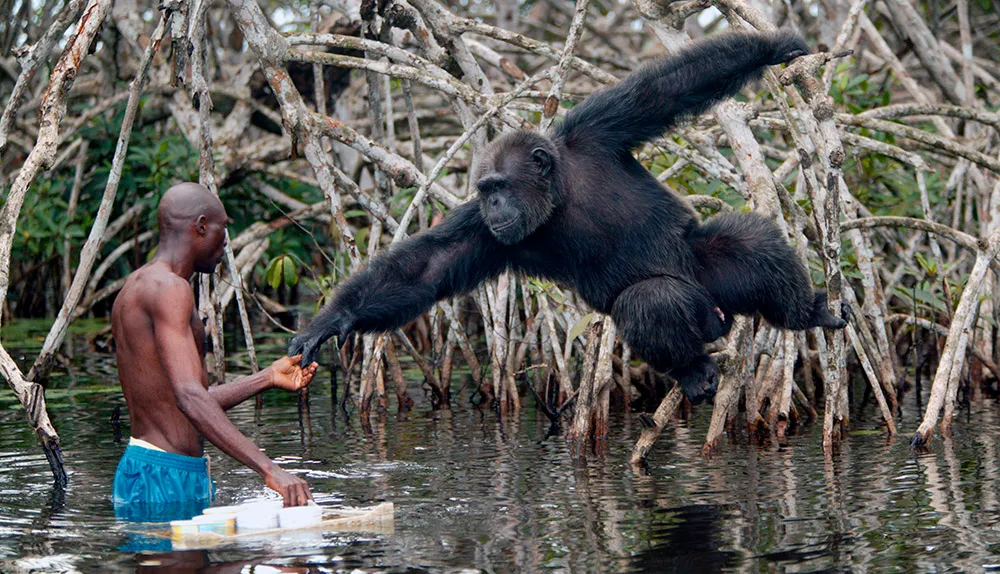
So rather than having escaped the forces of selection in recent decades and centuries, it turns out that we were, in a way, controlling our own destiny all along by introducing sources of selection ourselves.
We have had some kind of mastery of our destiny for millions of years, but rather than having escaped the forces of evolution, we find that we are just enmeshed in an intricate relationship with them.
Rather than being separate from nature, we find that we are of nature, and will always be, whatever progress we feel we may have made: a march maybe, but certainly not one with an end.
- This article first appeared in issue 302 of BBC Focus Magazine–find out how to subscribe here